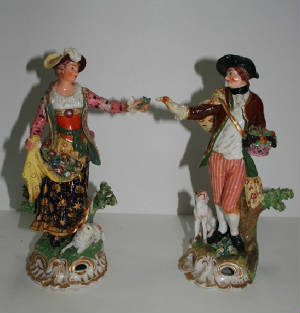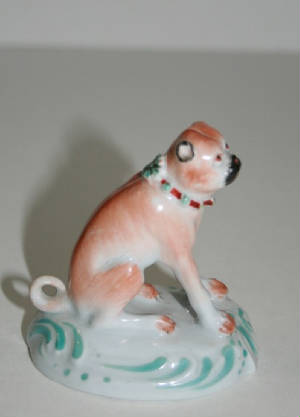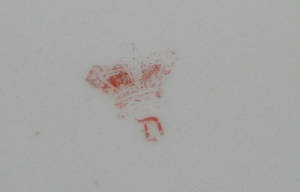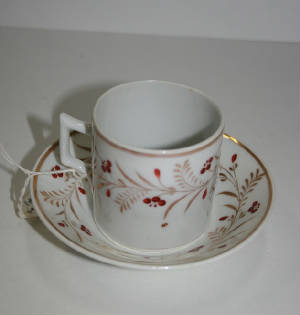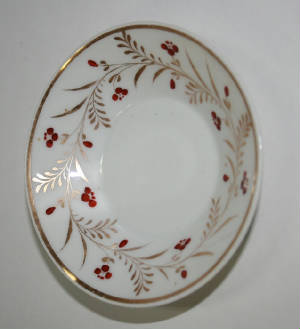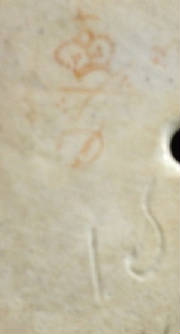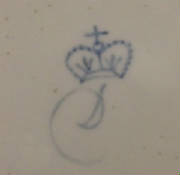|
Lower Lodge Antiques, Natchez, MS
Derby
|
|
Derby Porcelain has been made at Derby since about 1750, but not by a
single company or even on a single factory site. Derby
has always produced high quality items. Prior
to 1780 Derby porcelain was normally not marked, but they were later marked with the familiar Derby crown and crossed
batons. (Used until 1825) Early Derby owes is reputation to the talents of two men William
Duesbury and Andrew Planche. They formed a company with John Heath in 1756. When Duesbury died in 1786 he was the dominant partner. From 1770 - 1785 Duesbury's Derby company also ran the Chelsea factory in London. After Duesbury's death the factory was run by his son William
who died in 1796. Michael Kean ran
the factory until its acquisition by Robert Bloor between 1811-1815 During the Bloor period of Derby many items were of lesser quality as the factory had to cut costs
to compete with the increasing competition from Staffordshire factories. Derby did continue to produce some high quality "Bloor Derby" as well. In 1848 the original Derby factory closed. Derby King Street Works, opened in 1848 started by several former employees. The early pieces used old Derby molds and patterns. Many were marked
"Late Bloor" or "Locker and Co. Late Bloor" From around 1860 the company started using a "new"
mark which was essentially the original crown and baton mark except that the batons had been replaced with swords, some
pieces also had the initials S & H added for the new partners Stevenson and Hancock. This mark was used until
1935 when they merged with Royal Crown Derby.
|
||||||||||
|
|
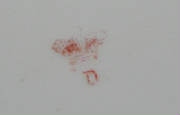 Printed Derby Mark
|
|||||||||||||||||||
